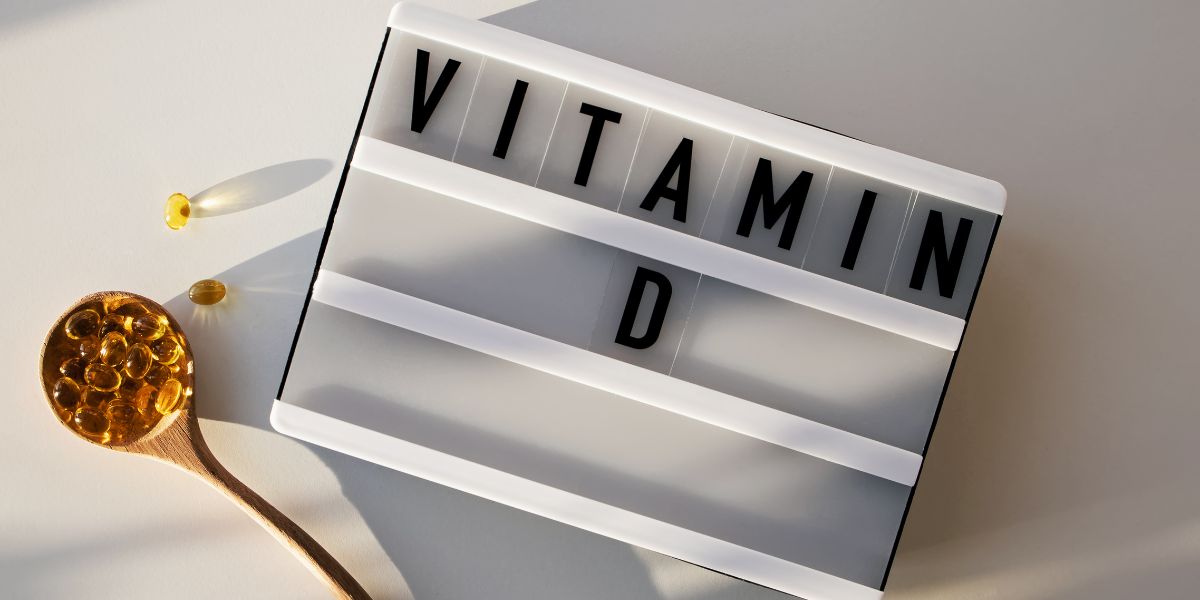
The Best Ways to Get More Vitamin D
As many as 1 billion people in the world are considered to be deficient in vitamin D. This important nutrient should not be overlooked since it serves an essential function in the body. To ensure that you’re getting enough vitamin D, you’ll want to take certain steps, such as getting outside and eating vitamin D-rich foods.
Keep reading to find out more about why vitamin D is important and how you can naturally increase your levels.
Why is Vitamin D Important?
Vitamin D influences many of the body’s important processes. Low levels of vitamin D can cause poor sleep, fatigue, aches and pains, and even depression. Vitamin D helps your body to maintain healthy levels of calcium and phosphorus, which are two minerals that are critical for bone health. Vitamin D can also help your body fight off infections and reduce inflammation.
How Much Vitamin D Should I Be Getting Each Day?
The recommended amount of daily vitamin D is debated. The National Institute of Health recommends 15 micrograms or 600 IU of vitamin D for adults ages 19 to 70 and 20 mcg or 800 IU for adults over the ages of 71. However, other sources recommend a higher intake of up to 4,000 IU daily.
Higher doses may be recommended in individuals who have a deficiency. Long-term use of high doses of vitamin D supplements can cause issues, so you should always follow your doctor’s dosing instructions.
What are the Best Ways to Get More Vitamin D?
Taking a vitamin D supplement is only one of the many ways you can get more of this important nutrient. Here are some other ways to boost vitamin D levels:
Go Outside
Many people associate vitamin D with sunlight. This is because UV rays can help to increase your vitamin D levels naturally.
There is a type of cholesterol found in the skin that acts as a precursor to vitamin D. When this precursor is exposed to certain UV rays from the sun, it converts to vitamin D.
There are some factors that can influence how much vitamin D you get from the sun, including:
- Skin tone. People with darker skin require more sunlight to produce vitamin D when compared to people with lighter skin.
- Age. Vitamin D production in the skin can become less efficient as we age, so getting vitamin D from the sun can be harder for older people.
- Location. People who live closer to the equator will naturally produce more vitamin D because they are physically closer to the sun’s rays.
- Sunscreen and protective clothing. Wearing sunscreen or protective clothing will block UV rays from the skin, hindering your body’s ability to make vitamin D. It is important to use sun protection to avoid overexposure, but some uninterrupted sunlight is important for vitamin D production.
Eat Foods Rich in Vitamin D
You can also get vitamin D from eating certain foods, such as:
- Fatty seafood. Seafood like tuna, mackerel, oysters, shrimp, and sardines are rich sources of vitamin D. These foods also contain omega-3 fatty acids, which help to support heart health.
- Mushrooms. Mushrooms are the only vegetarian food source of vitamin D. If you don’t eat animal products, you should make sure to eat plenty of mushrooms to get adequate vitamin D through your diet.
- Egg yolks. Vitamin D is just one of the many nutrients that are found in egg yolks. It is important to keep in mind that eggs from pasture-raised or free-range chickens have more vitamin D than other options.
- Fortified foods. Some foods are fortified with added vitamin D, such as cow’s milk, plant-based milk alternative, orange juice, and some cereals.
Use A UV Lamp
Although they are costly, UV lamps are an option for boosting vitamin D levels. This type of device could be used by someone who lives in an area where it is very difficult to get natural sunlight, such as somewhere that is very cloudy year-round or has extreme weather that makes it hard to go outside.
It’s important to be aware of the safety concerns of a UV lamp and only use it as directed, limiting exposure to only 15 minutes or less at a time.
Take A Vitamin D Supplement
In some cases, taking a vitamin D supplement is necessary to improve your levels. Your doctor will talk with you about supplementing vitamin D and let you know how much you should be taking since dosages can vary from person to person.
The two main forms of vitamin D supplements are vitamin D2 and vitamin D3. Vitamin D2 is usually sourced from plants, while D3 is sourced from animals. Vitamin D3 is usually more effective in raising vitamin D levels when compared with D2.
You should always choose high-quality supplements that come from a reputable source since dietary supplements are not regulated by the FDA.
How Do I Know If I Need More Vitamin D?
The most accurate way to find out if you need more vitamin D is to see your doctor and have a blood test performed. Common symptoms of vitamin D deficiency to watch out for include:
- Fatigue
- Poor sleep
- Aches and pains
- Depression
- Hair loss
- Weakness
- Poor appetite
- Frequent sickness
If you think you may have a vitamin D deficiency, you should see your doctor to find out if your blood levels are low. Your doctor can help guide you if you find you need supplementation.
Contact Cornerstone Pharmacy & Compounding About Vitamin D Supplements
If you’re considering taking vitamin D supplements, we encourage you to reach out to the medical professionals at Cornerstone Pharmacy & Compounding. Our pharmacists offer supplement consultations to help you determine the best products for you. To help you start on the path toward a healthier you, we also offer 15% off your first supplement when you consult with us.

